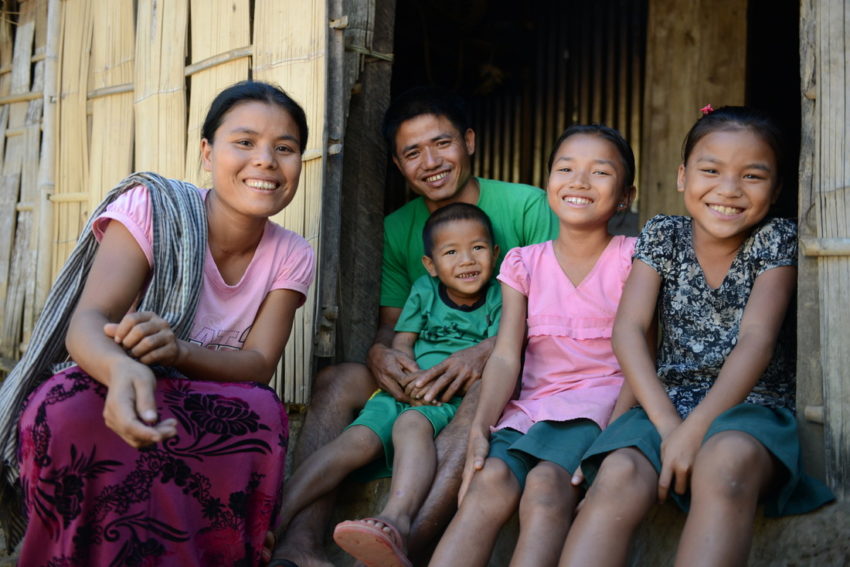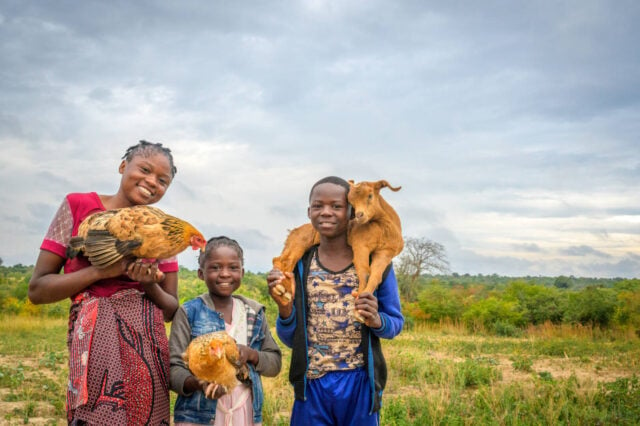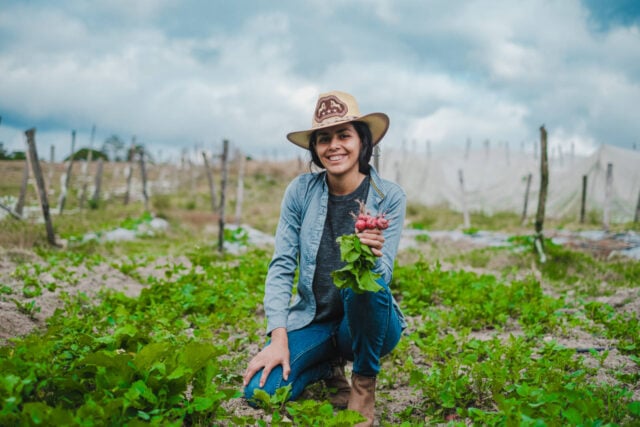After years of hardship, Tlangnunthang, 38, finally saved up enough money to buy land in his Indian village, Kamranga, and raise food for his family. The only problem: His garden refused to grow.
Tlangnunthang wasn’t the only one. Other villagers in Kamranga experienced the same difficulties, because years of traditional agricultural practices had depleted the soil of its nutrients.
When World Vision started work in Kamranga, staff members conducted a resource mapping project, which revealed that the climate and soil were good for growing rubber trees. Initially skeptical, Tlangnunthang and other villagers each received 20 tree saplings from World Vision along with training.
Follow Tlangnunthang from tapping trees to the finished product as he forges a new way of life for his family.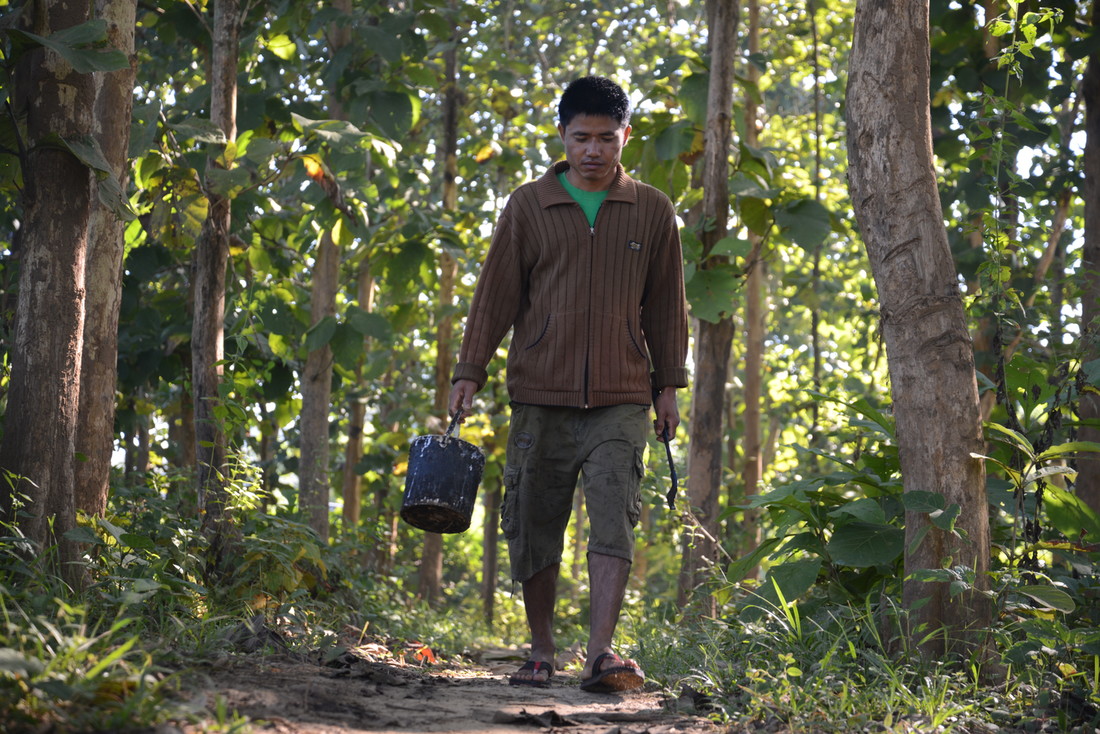
After touring the Indian government’s Rubber Board Training Center and learning firsthand how a rubber plantation works, Tlangnunthang and fellow villagers each received 20 rubber tree saplings as part of a World Vision community project. In addition to training in planting and cultivating the saplings for the highest yield, they learned how to manage their plantations. (©2014 World Vision/photo by Annila Harris)
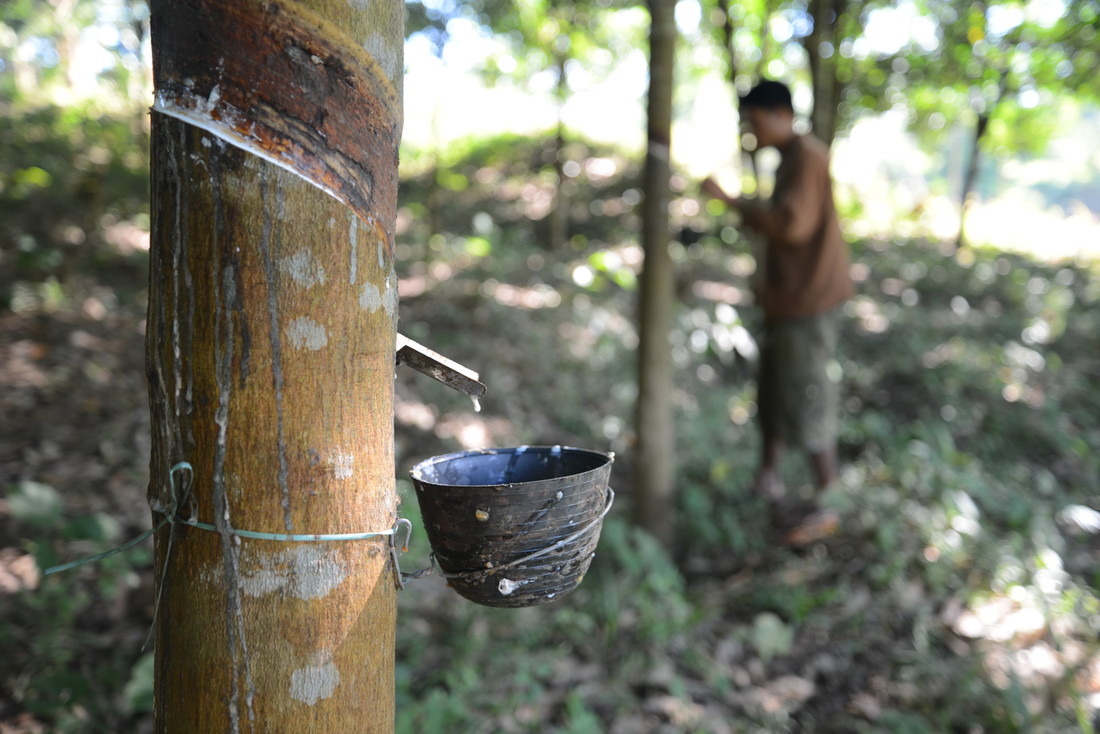
Tlangnunthang’s morning starts early, as he heads to his rubber plantation to harvest latex from the plants. He carefully scrapes the bark of each tree, then uses plastic cups to gather the white liquid latex as it flows. (©2014 World Vision/photo by Annila Harris)
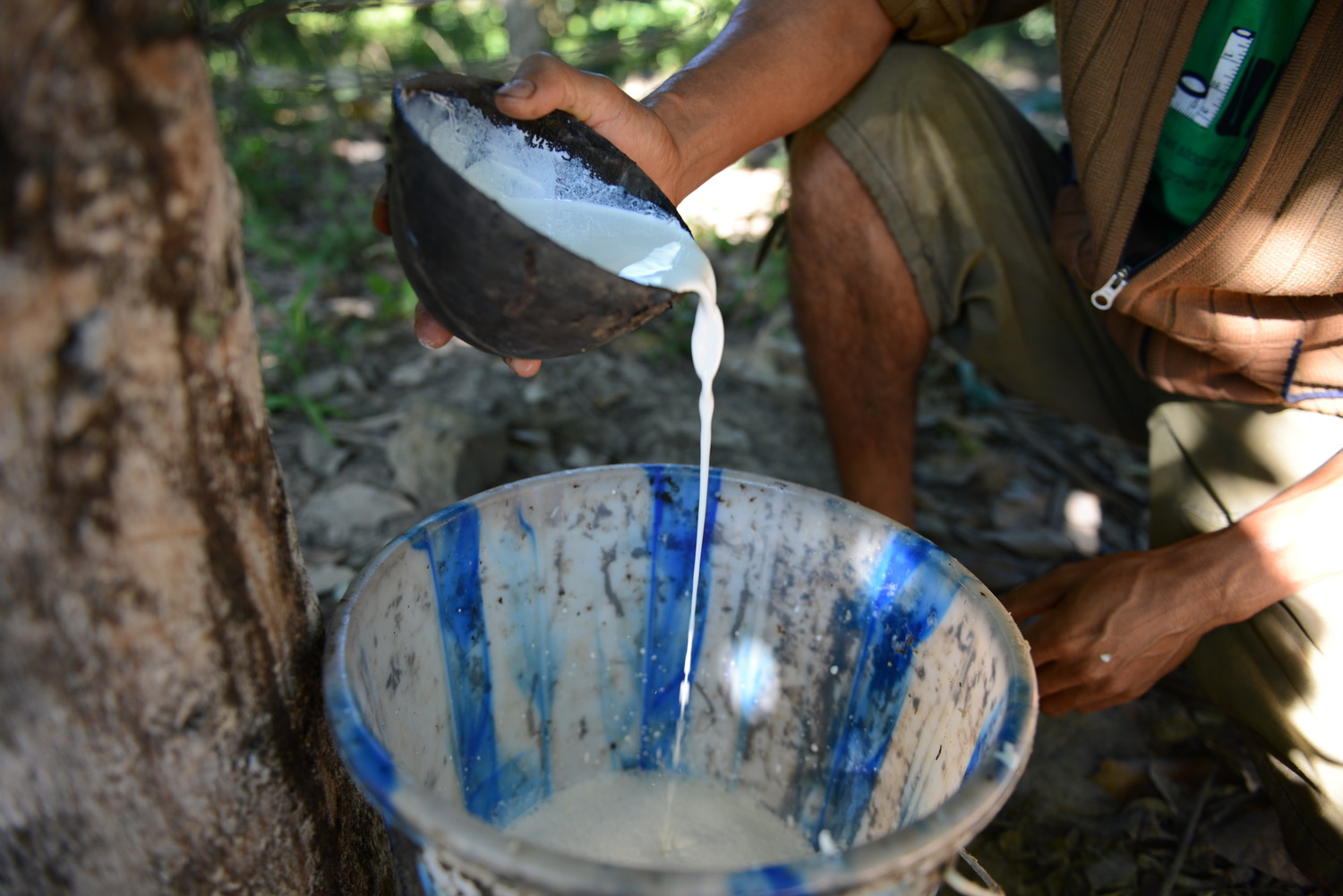
As each cup is filled, the liquid is transferred to buckets that will be carried back to a series of trays for the next step in the process. In addition to managing his own rubber tree plantation, Tlangnunthang was elected president of the Kamranga Village Development Committee, which collectively plans for the overall health of the community. One committee project was to launch a fishery pond, which helps generate additional funds for all families in the village. (©2014 World Vision/photo by Annila Harris)
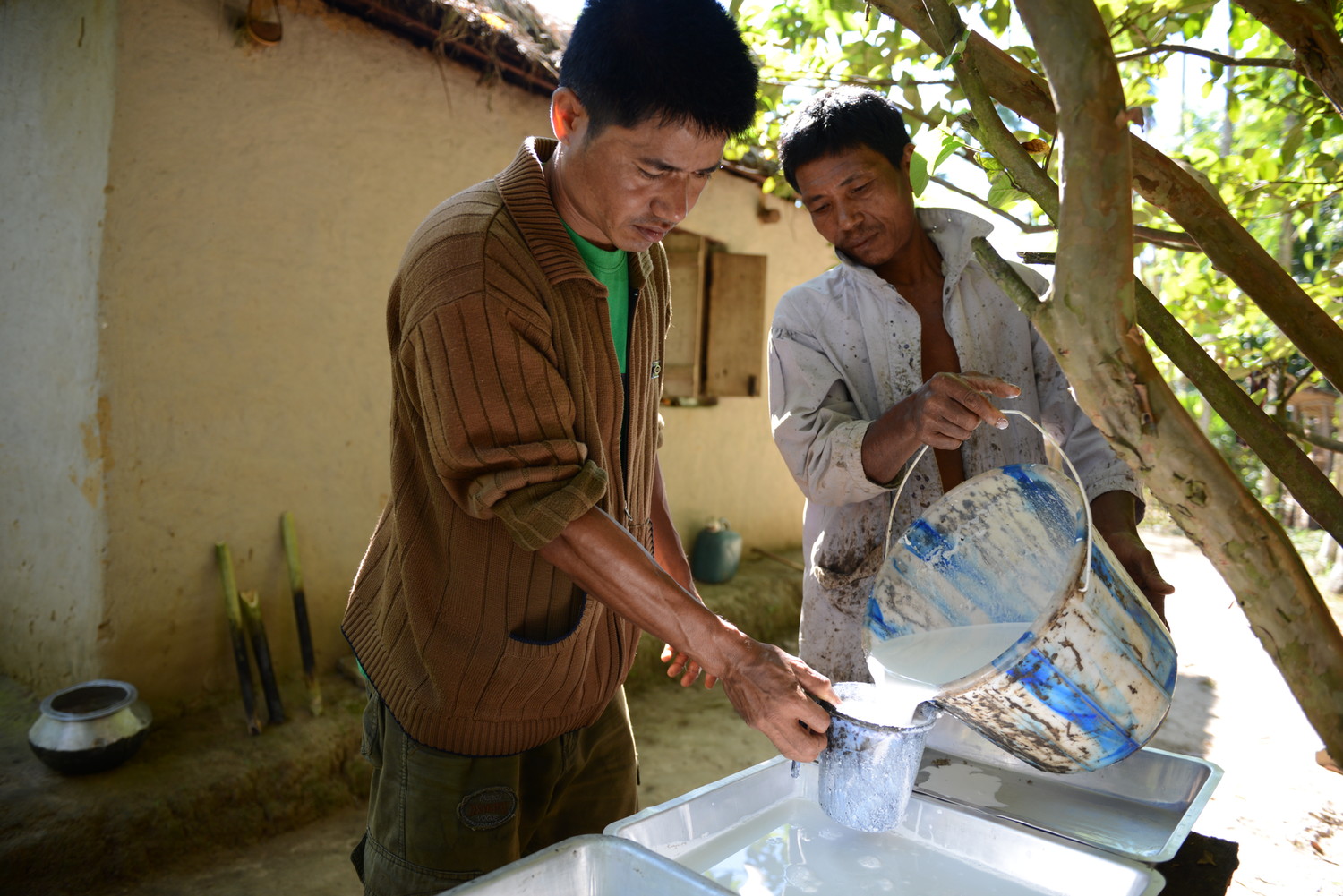
Once he’s collected the day’s tapping of latex, Tlangnunthang evenly distributes the liquid in trays to which chemicals are added, converting the latex into solid sheets of rubber. (©2014 World Vision/photo by Annila Harris)
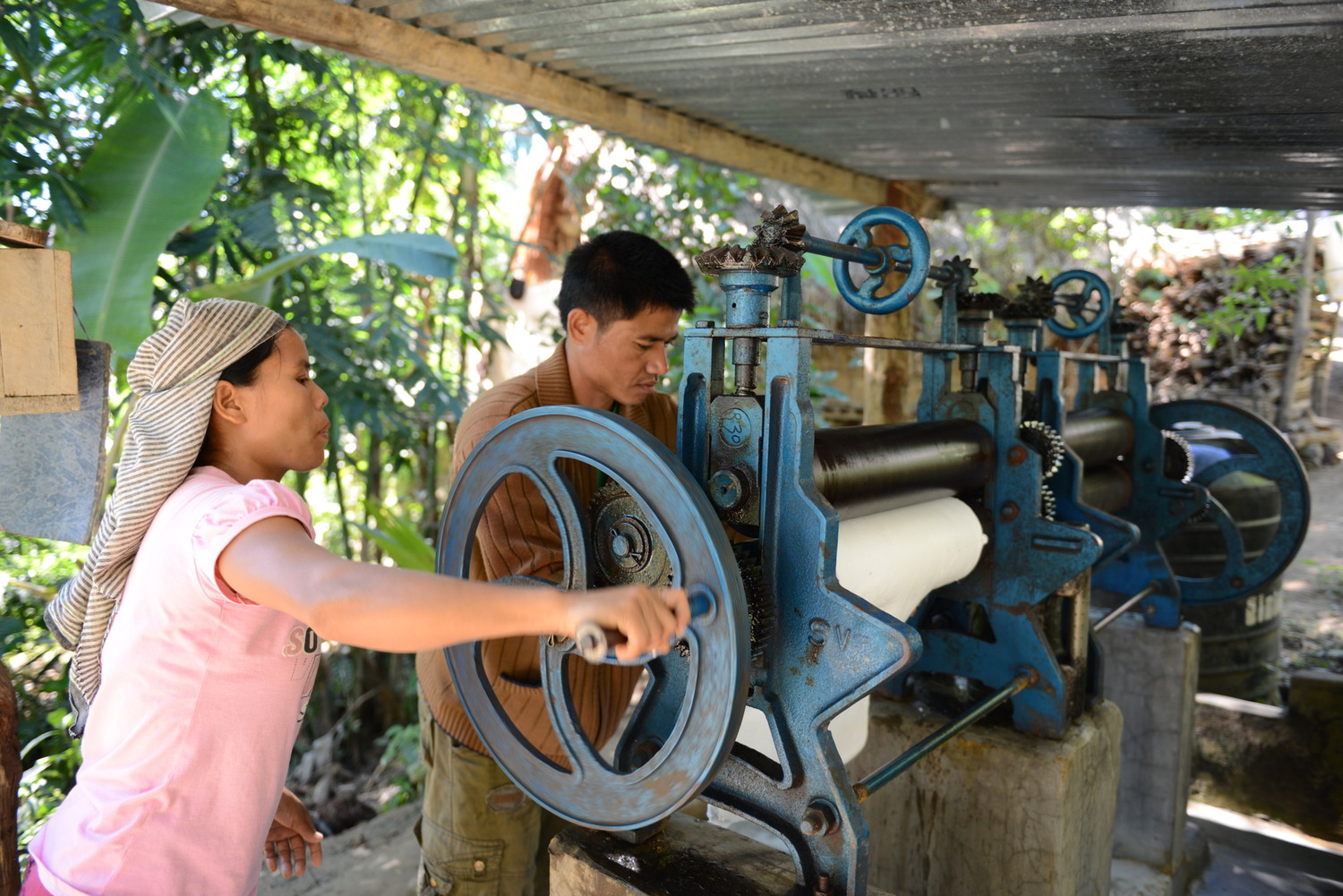
With the help of his wife, Zolien, Tlangnunthang passes the rubber through a rubber-pressing machine several times in order to convert it into thin sheets that can be dried easily. World Vision facilitated procurement of the expensive equipment, which makes the family’s plantation self-sustaining. (©2014 World Vision/photo by Annila Harris)
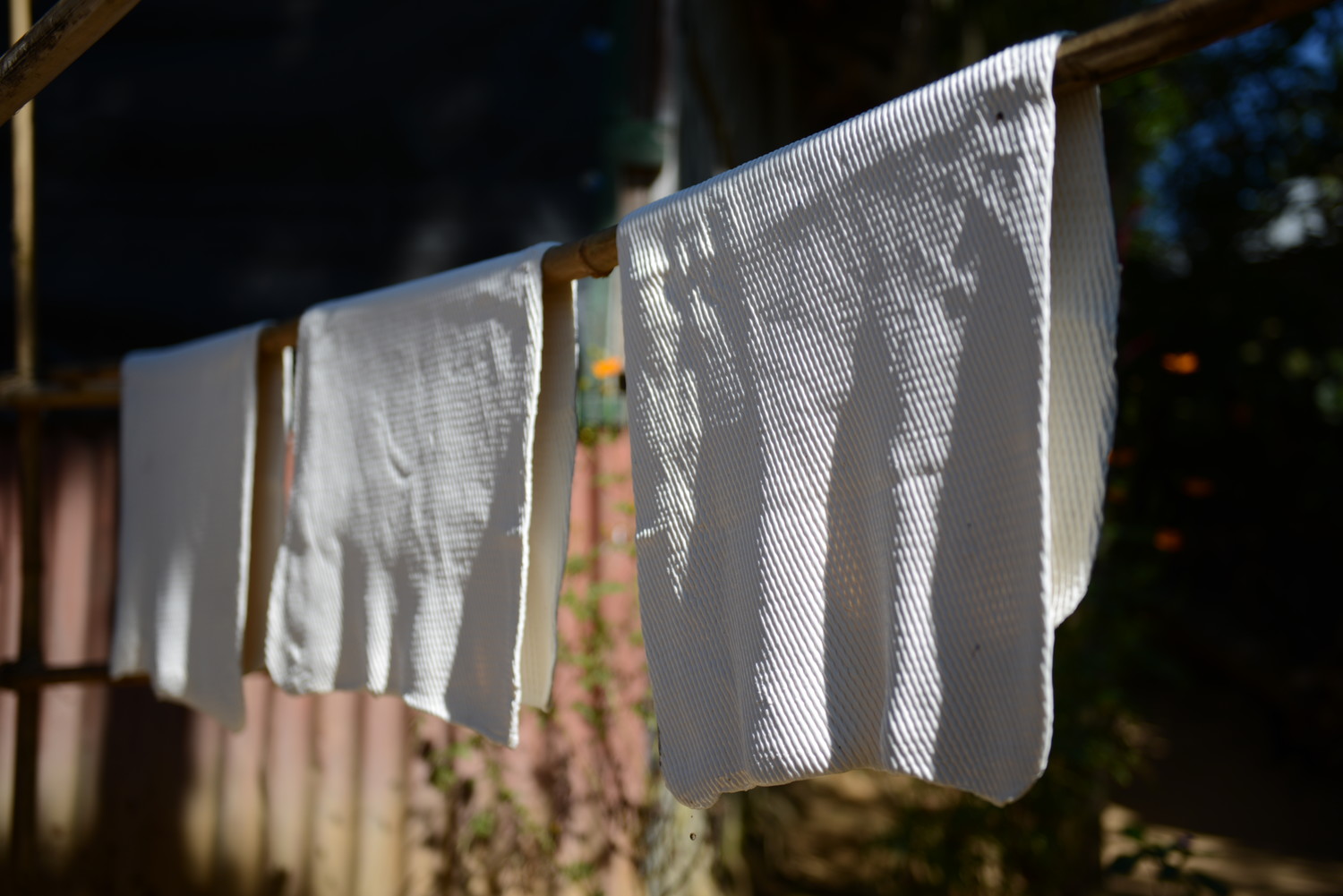
In one month, this partly matured plantation produces 110 to 132 pounds of rubber, earning the family $167. For Tlangnunthang, the rubber plantation broke the unending uncertainty of his life, offering a sustainable source of income that will mean a better life for his three children. (©2014 World Vision/photo by Annila Harris)
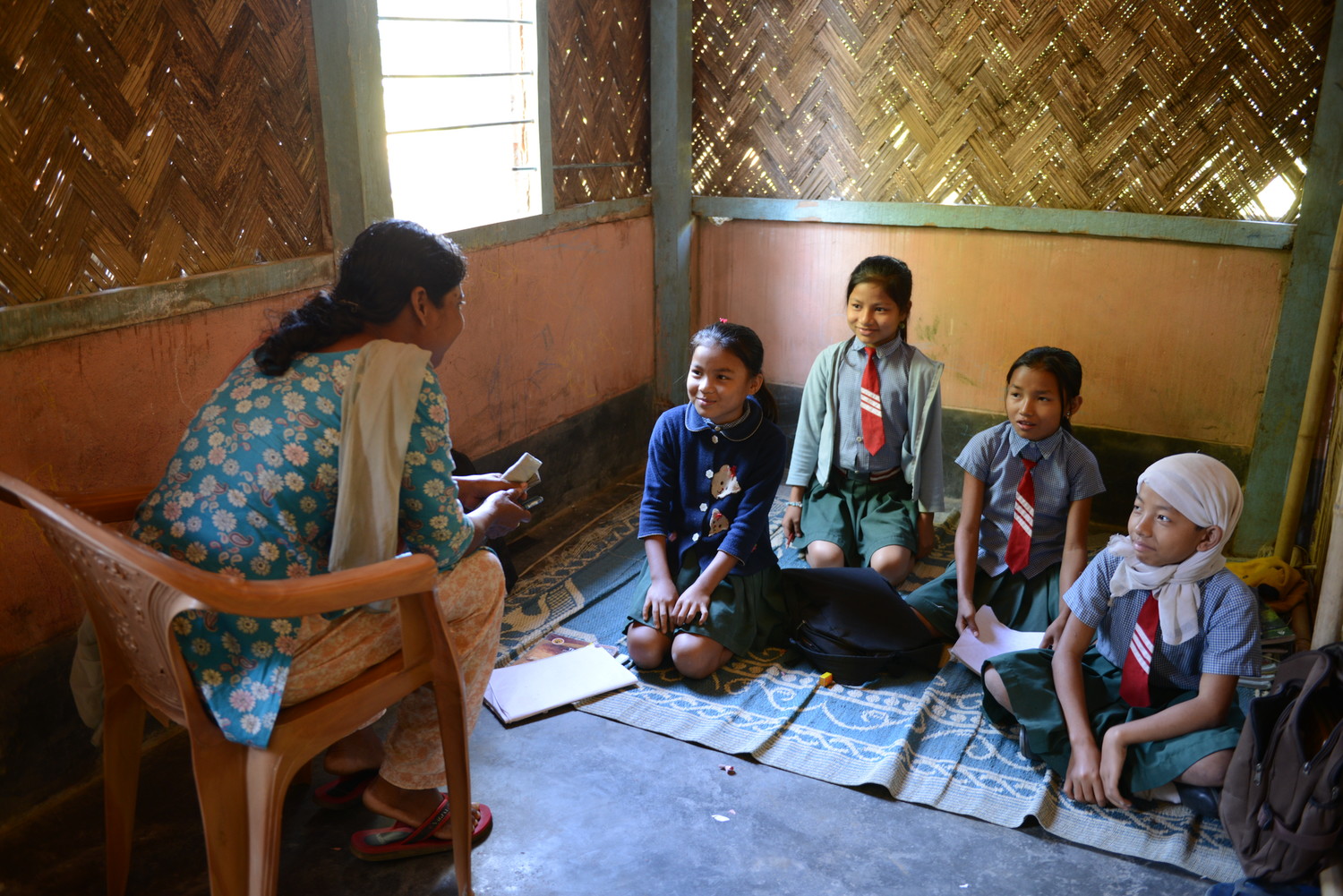
Tlangnunthang’s daughters, Helen (left) and Eli, are sponsored children. “When I grow up, I want to become a teacher,” Eli, 8, says. Helen, 10, dreams of becoming a nurse. Because of sponsorship, says Tlangnunthang, “I know that someone really cares for my family and is willing to help us.” Through sponsorship, the entire family benefits from essential items such as bed sheets and mosquito nets. (©2014 World Vision/photo by Annila Harris)
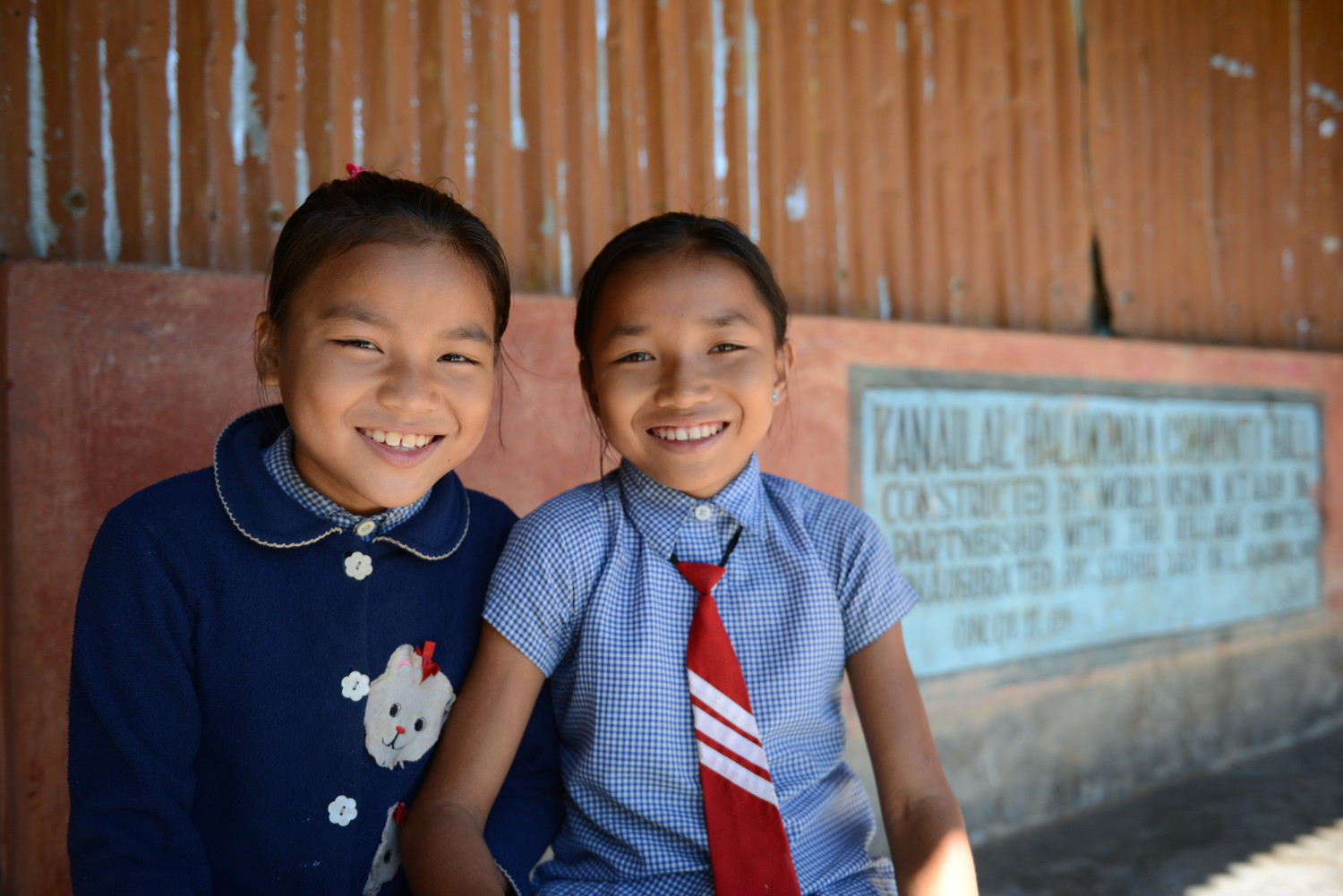
Helen (far left) and Eli (second from right) also attend Kanailal Kalampara Primary School, housed in a community center constructed by World Vision. After the villagers themselves identified literacy as a major concern, they formed a local committee that now runs this English primary school, maintains the building, and pays teacher wages. (©2014 World Vision/photo by Annila Harris)
